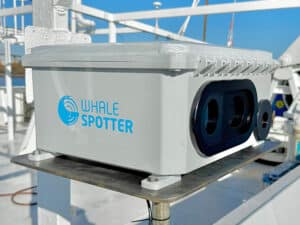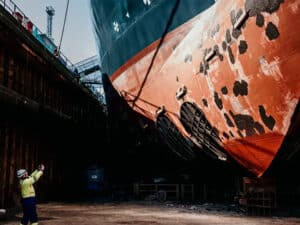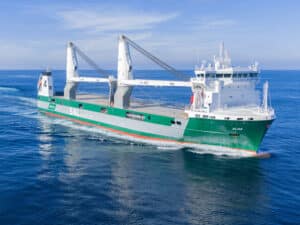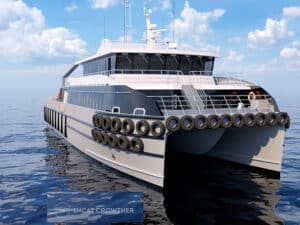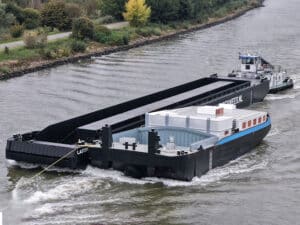
DNV revises its maritime simulator standard
Written by Nick Blenkey
Geir Dugstad, SVP, director of ship classification & technical director at DNV: “High-quality and realistic simulator training plays a vital role in preparing crews for the real-world challenges they will face.”
As vessel systems become more complex and alternative fuels gain traction, simulation is playing an increasingly central role in preparing seafarers and maritime professionals for operational realities. In respose, DNV has released a revision of its Maritime Simulator Systems Standard (DNV-ST-0033), reflecting the growing diversity of simulation technologies used in maritime training and certification.
The revised standard responds to these developments by refining class definitions and expanding simulation requirements to support more adaptable and environmentally responsible training practices.
Geir Dugstad, SVP, director of ship classification & technical director at DNV, said: “The wellbeing of seafarers is critical in sustaining resilient and effective vessel operations in a rapidly transforming industry. High-quality and realistic simulation training plays a vital role in preparing crews for the real-world challenges they will face. This revision supports the industry’s efforts to maintain high training standards while embracing change and innovation.”
The updated standard introduces terminology for virtual reality (VR), synthetic environments and mixed reality, reflecting the growing diversity of simulation formats. The foundational competence requirements have been extended to include alternative fuels such as ammonia, hydrogen, ethanol, and electric/hybrid propulsion systems, supporting safer and more future-ready training. The revision also clarifies classification pathways for simulator types, including Class A and D, and aligns with ISO 5476, the international benchmark for lifesaving appliance training systems.
To reduce administrative complexity, the standard simplifies annual audit requirements, streamlining compliance for certified training providers. It also introduces new definitions for cloud-based and VR simulation delivery formats, enabling more flexible and immersive training solutions. These changes are based on feedback from manufacturers and training providers and aim to enhance certification guidance while supporting the integration of emerging technologies.
Captain Aksel David Nordholm, senior principal specialist of simulator certification at DNV SeaSkill said : “This revision responds to feedback from manufacturers and training providers, and addresses the need for clearer classification and certification pathways. It supports the integration of emerging technologies while maintaining the robustness of the certification framework.”
DNV-ST-0033 is free to download via DNV’s Rules & Standard page HERE. First published in January 2000, the standard has undergone regular updates. The 2025 revision opens the door to innovation by expanding certification opportunities to a wider range of simulation technologies and broadening industry access.

